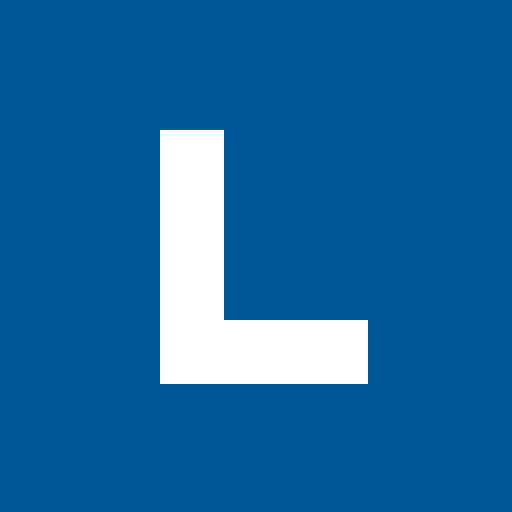Hiring contractors is a cost-effective way to grow your business without the headache and overhead that go with hiring full-time employees. But freelancers are hired guns, and they might not be as gung-ho about your company’s mission as that first hire that’s been with you through thick and thin. It can be a challenge to find quality freelancers who are willing to commit to your business and create quality work on an ongoing basis.
And let’s be real. Not only is finding a freelance designer time-consuming, you’ve heard the horror stories: designers who ghost midway through the project. Work that’s nowhere near the quality you saw in their portfolio. One-and-done freelancers who take off after the first project, leaving little room to build a relationship with you or your coworkers.
But finding the right freelance designer doesn’t have to be a challenge—with the right mindset and checklist. Here are our tips to grabbing the right talent to help you move your business forward.
Research the going rate for designers with the skills you need.
Before you bring anyone on board, know your budget and the going rate for the skill level you’re looking for. Prices can be all over the map, depending on if you’re looking for someone who specializes in something like illustration, animation or UX, or if you need more of a generalist. Know the tasks you’re looking to cover before you even start looking to save yourself some time and money in the long run. And know that someone who specializes in a specific style will cost more than someone who can do a wider range of projects.
When you’re planning your budget, also weigh the cost of your own time. Like a lot of things, you get what you pay for—that junior designer fresh out of art school might have a lower hourly rate, but that inexperience could cost you twice as much time managing the project.
Post on the right job boards.
There are plenty of job boards out there when you’re scouting for a graphic designer, but they’re not all built the same. Many outsourcing sites, like Upwork and Guru , attract overseas contractors who might not be available during your traditional work schedule. Dribbble allows designers to post samples of their work so you can vet the right candidates without having to make direct contact. Behance has a huge pool of designer portfolios and you can even find great designers posting their portfolios on Instagram. Craigslist is also a good place to post freelance openings, so long as you’re clear about how and when applicants can contact you and apply.
In your job post, be sure to include specific details about what you need—that will help designers know they’re in the right place. It also helps to include style references. Not all designers can design in every style, so if you’re looking for something "clean and modern" or "retro and funky," give your applicants a hint about whether their style will be right for the project.
Review testimonials before making the first contact.
Social proof is great, right? We know that as marketers, and you should expect the same from your designers. The key here is to look for specific, results-oriented testimonials that really speak to the freelancer’s professionalism and quality of work.
Generic “She produced great work,” or “We had a great experience” testimonials could indicate fabricated statements or testimonials that date back too far to make a difference today. It’s a great sign if the designer has something like a case study—a testimonial from her client paired with details about the actual design work. That way you can feel confident you’re making the right choice.
Take a look at portfolios.
Portfolios can be very telling when it comes to the depth, breadth and quality of a freelancer’s work. And, again, you’ll need to know if you’re looking for someone who specializes in a certain style of design or a generalist. As you’re looking through portfolios, pay attention to the look and feel of each piece. If yours is a buttoned-up, conservative business, someone with a portfolio full of edgy, dark work might not be the best fit. Don’t expect a tiger to change its stripes for you—if everything in a portfolio looks a certain way, the work you get will probably look that way, too. And don’t be totally put off by someone with a small portfolio—everyone has to start somewhere, and a small selection of quality work is better than a sprawling set of mediocre design.
Ask the right questions.
When you’ve selected a few designers to chat with, be sure to dig deep in the interview process. Ask the freelancer how she likes to communicate with clients and what her typical process is for working on a project. If she doesn’t have a clear process or can’t describe it well, that’s a red flag. You’ll also want to ask about milestones, deadlines and feedback. If your candidate is squirrelly about details, be wary. You might find your deadlines slipping away just like her answers.
Of course, once you find the perfect fit, it’s all about making the onboarding process simple and seamless—just like you would with a new client. Whether your new designer is virtual or working on-site, you want her to feel welcome and part of the team so she’ll still be around six projects down the road.
